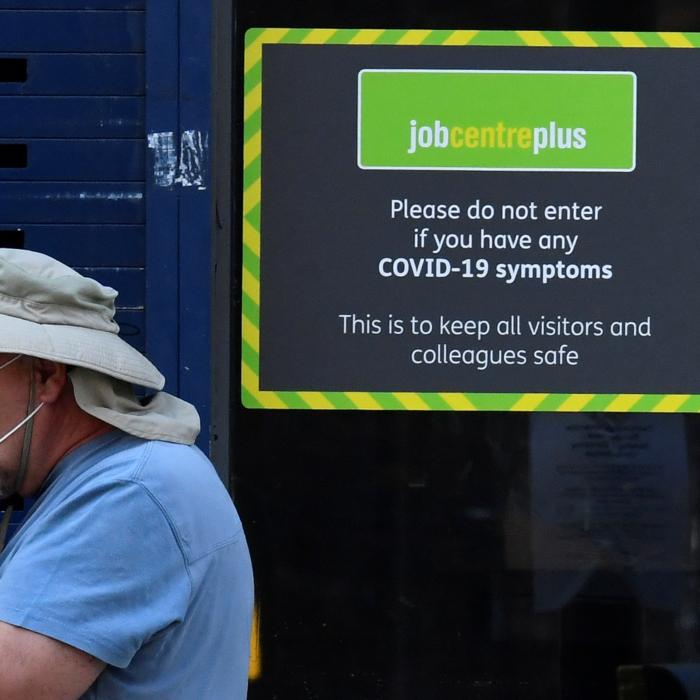A sharp increase has been seen in the number of benefit claimants who don’t want to have to find a job, reaching nearly 3.9 million in 2023, social policy analysts have reported.
A report by Policy in Practice warned there were twice as many people on means-tested benefits who are not looking for work (3.8 million), as those with work requirements (1.6 million).
Pandemic
Looking at the factors leading to the surge in claimants, analysts said it was down to benefit-granting conditions before, during and after the pandemic.While before the pandemic the government had a stringent tightening of work requirements in place, the health assessments were put on hold during the pandemic. Business closures and loss of jobs would normally see people move to having no work requirements following a health assessment.
Without the option of a health assessment in place, the economy experienced a “an artificial increase in work requirement figures,” the report said.
Moving to the post-pandemic period, when health assessments were reintroduced, the Department of Work and Pensions (DWP) inherited a bulging backlog of cases. This led to a 20 percent increase in the number of people not subject to work requirements.
As a result, the government has ended up with a significantly low labour force participation rate.
When it comes to the labour force participation rate, there had been a “dramatic deterioration in the estimated potential supply for the United Kingdom,” she said.
Reforms
The government plans to reduce working-age benefits in order to raise funding and abolish national insurance for workers.Policy in Practice analysts warned that government reforms, brought up in the Spring Budget, “need to avoid finding a false economy.” Similar reforms in the past contributed to an increase in applications for more expensive types of claims, said the report.
“Ending the £30 per week additional support for people in the ‘Limited Capability for Work’ (LCW) group in 2017 in part contributed to an increase in applications for the (£100 per week more expensive) ‘Limited Capability for Work Related Activity’ (LCWRA) group,” analysts explained.
Without proper investment in health and support services, the government risks repeating the mistakes of the past and implementing another “false economy policy,” the report said.
“The government’s back-to-work plan is a step in the right direction, as the support is much more tailored and less directly linked to benefit receipt. But people also need faster access to health care and a more supportive approach from work coaches too,” added Mr. Gelani.







